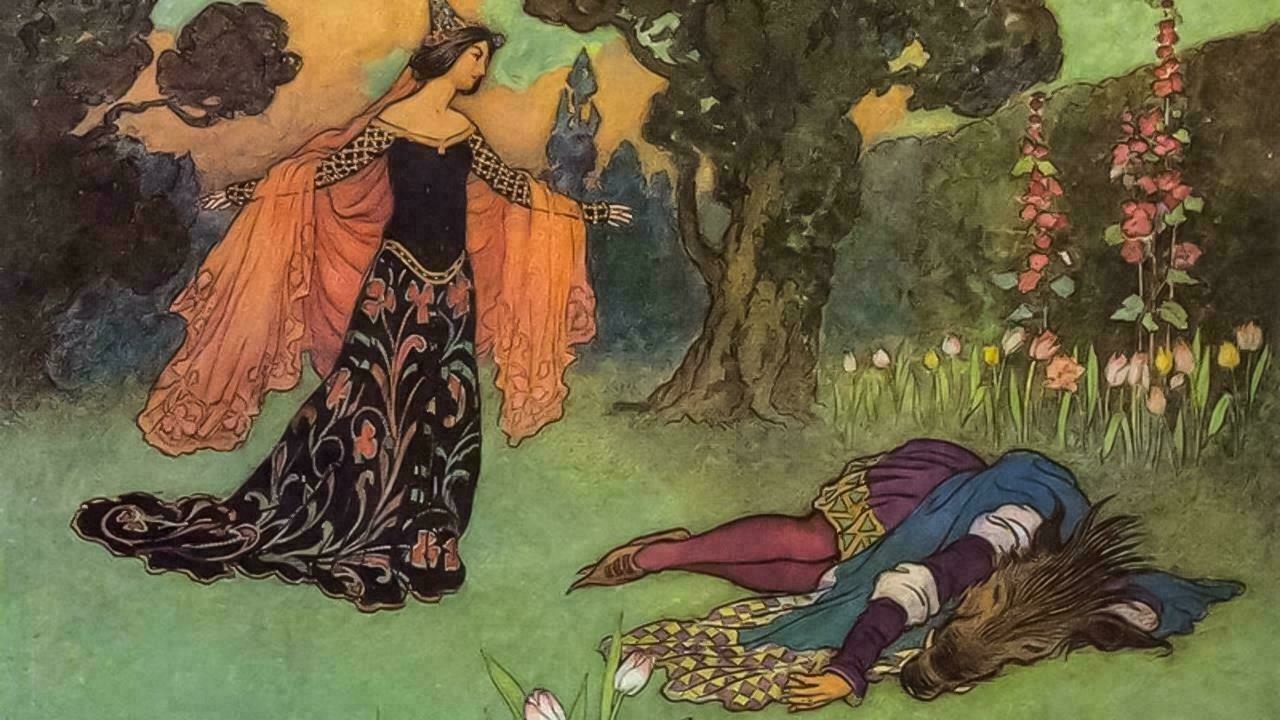Some fairy tales may be 6,000 years old
It’s fascinating to think that children’s stories may have been told and re-told across languages and cultures for millennia. It just goes to show the power of narrative structure!
Fairy tales are transmitted through language, and the shoots and branches of the Indo-European language tree are well-defined, so the scientists could trace a tale's history back up the tree—and thus back in time. If both Slavic languages and Celtic languages had a version of Jack and the Beanstalk (and the analysis revealed they might), for example, chances are the story can be traced back to the "last common ancestor." That would be the Proto-Western-Indo-Europeans from whom both lineages split at least 6800 years ago. The approach mirrors how an evolutionary biologist might conclude that two species came from a common ancestor if their genes both contain the same mutation not found in other modern animals.Source: Some fairy tales may be 6000 years old | AAAS[…]
Tehrani says that the successful fairy tales may persist because they’re “minimally counterintuitive narratives.” That means they all contain some cognitively dissonant elements—like fantastic creatures or magic—but are mostly easy to comprehend. Beauty and the Beast, for example, contains a man who has been magically transformed into a hideous creature, but it also tells a simple story about family, romance, and not judging people based on appearance. The fantasy makes these tales stand out, but the ordinary elements make them easy to understand and remember. This combination of strange, but not too strange, Tehrani says, may be the key to their persistence across millennia.
